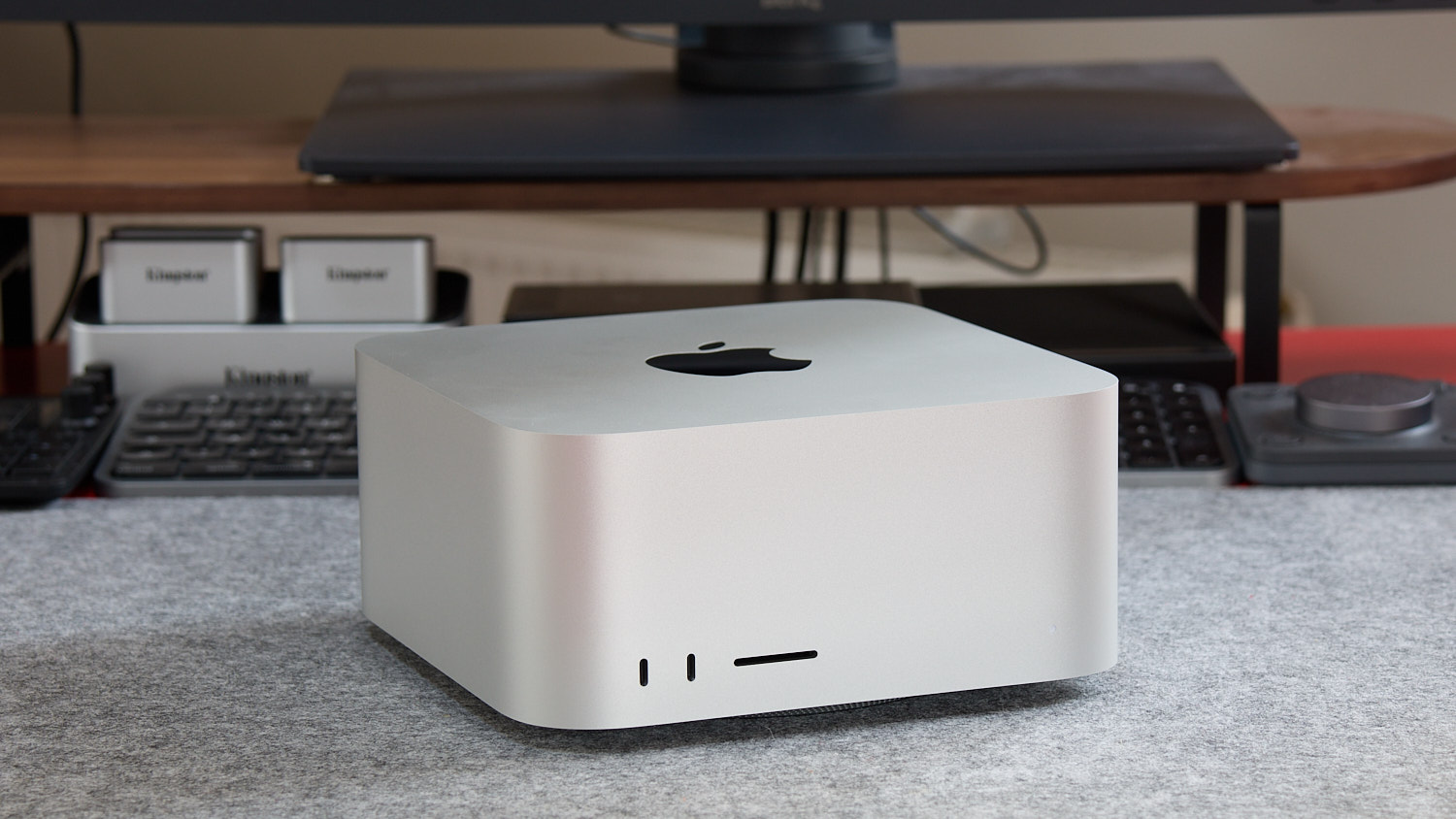Apple’s best Macs already have a lot going for them, whether that’s the muscle of a Mac Studio or the portability of a MacBook Air. But you can take them even further with a few judiciously picked peripherals and accessories designed to galvanize your Mac with a bunch of new superpowers.
And you’re spoiled for choice here. One benefit of the Mac’s popularity is the thriving ecosystem of third-party accessories that are available to augment, expand, and otherwise improve your experience of Apple’s computers. Here, we’ve selected six of our favorites, all of which will raise your Mac’s game in short order.
A better mouse and keyboard
An enhanced Mac experience begins with two vital peripherals: your mouse and keyboard. So many Mac users persist with Apple’s bundled accessories or mediocre third-party alternatives without knowing there are wfar better options out there. But it doesn’t have to be this way.
We’ll start with the mouse, where our pick is the superb Logitech MX Master 3S. Long a favorite of Mac users, the MX Master series gives you almost everything you need in a desktop pointer. Its ergonomic shape fits far more snugly into your hand than Apple’s uncomfortably low-profile Magic Mouse, while its MagSpeed scroll wheel can flip between ratchet clicks and free-flowing spins at the flick of a finger. We also love its clever app-specific controls: both the thumbwheel and the gesture button can be used to set up individual actions in your apps, making it a productivity champion.
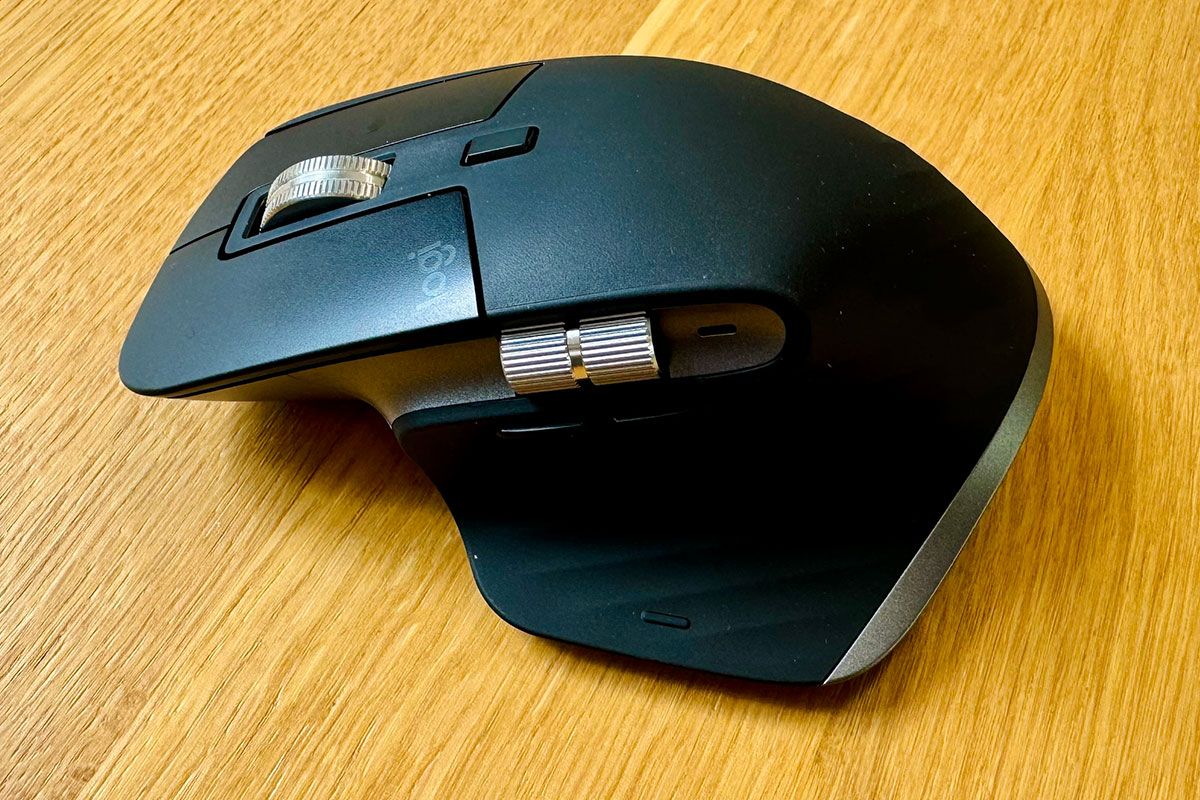
Logitech’s MX Master 3S is part of a line of excellent, ergonomic mice.
Foundry
As for typing, nothing beats a mechanical keyboard for both speed and comfort. Keychron’s K8 is a great choice here. Not only is it customizable with a range of different key switches (each with their own feel when pressed), but it can quickly change between different connected devices and even operating systems. Plus, at $80, it’s more affordable than the Magic Keyboard.
We have complete guides to our favorite mice and trackpads, as well as our favorite keyboards if you want to check out other choices.

With the K8, Keychron offers different key switches so you can pick the one you like.
Keychron
A quality laptop stand
Spending too much time hunched over a MacBook isn’t good for you–believe me, I had to switch to a desktop after my laptop started giving me significant back pain. Once you raise your screen to a sensible height–straightening your back as a result–you will truly feel the difference.
But how do you do that if you don’t want to shell out a few hundred dollars (or more) on an external monitor? The answer is to get a laptop stand. Pair that with the mouse and keyboard we’ve suggested above and you’ll have a far more ergonomic desk setup.
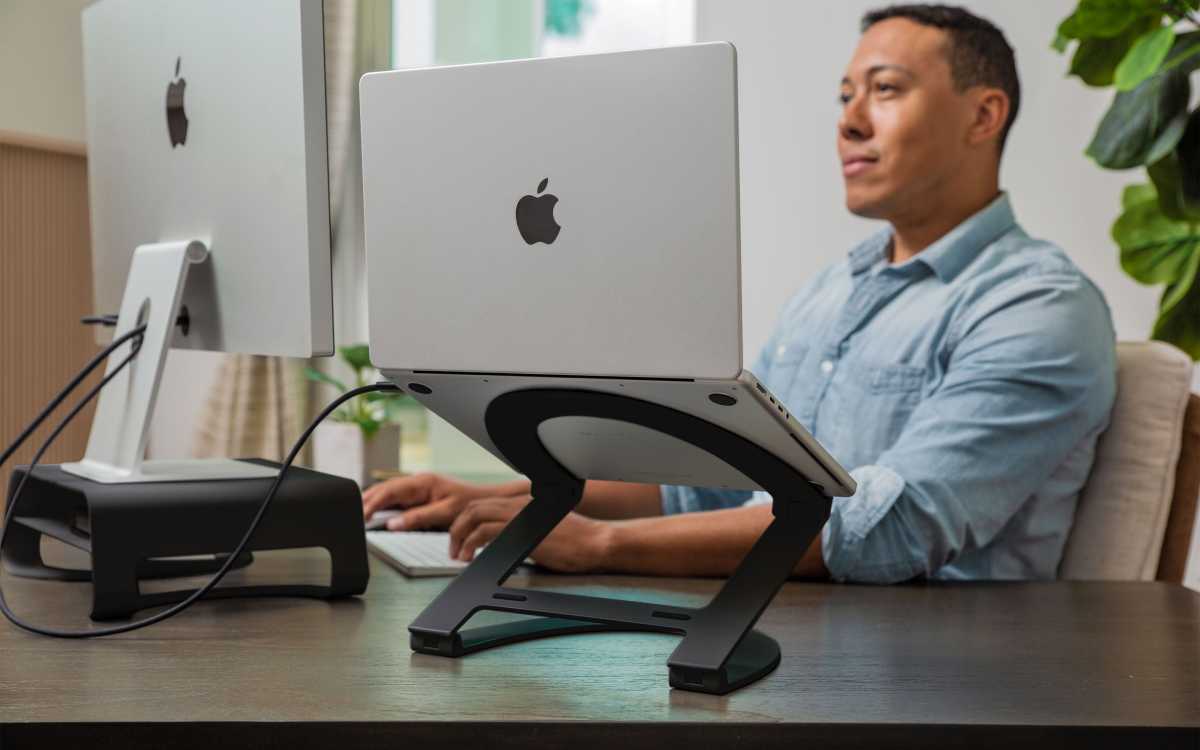
Twelve South
If you’re going to get a laptop booster, your best bet would be the Twelve South Curve Flex, and it’s our pick for the best laptop stand you can buy. It’s absolutely beautiful and should really look the part on your desk, but it’s not just a pretty face: unlike many laptop stands, you can adjust its height and angle to get a result that works for you. It’s sturdily constructed and comes from a reputable brand, too, so should give you plenty of longevity.
A flexible monitor arm
For desktop Mac users, an alternative to a laptop stand is a monitor arm. Mount your display on one of these instead of its regular stand and you can move it around to your heart’s content, ensuring it’s always at the right angle for your needs.
There are many different options here, from those that fix to your wall to others that can be connected to your desk. Some monitor arms can support multiple screens at once, while others are designed for just one display. Whatever you pick, you should make sure you buy a reputable arm from a well-known company. When you have an expensive monitor suspended off the ground, you want to ensure it doesn’t come crashing down.
The VESA standard is used to classify monitor arm adapters and their fittings. Before purchasing, make sure you research exactly what size VESA adapter you need for your display. The M4 iMac, for example, can be ordered to come with a VESA adapter built in. In other cases, you might need to buy an adapter separately.
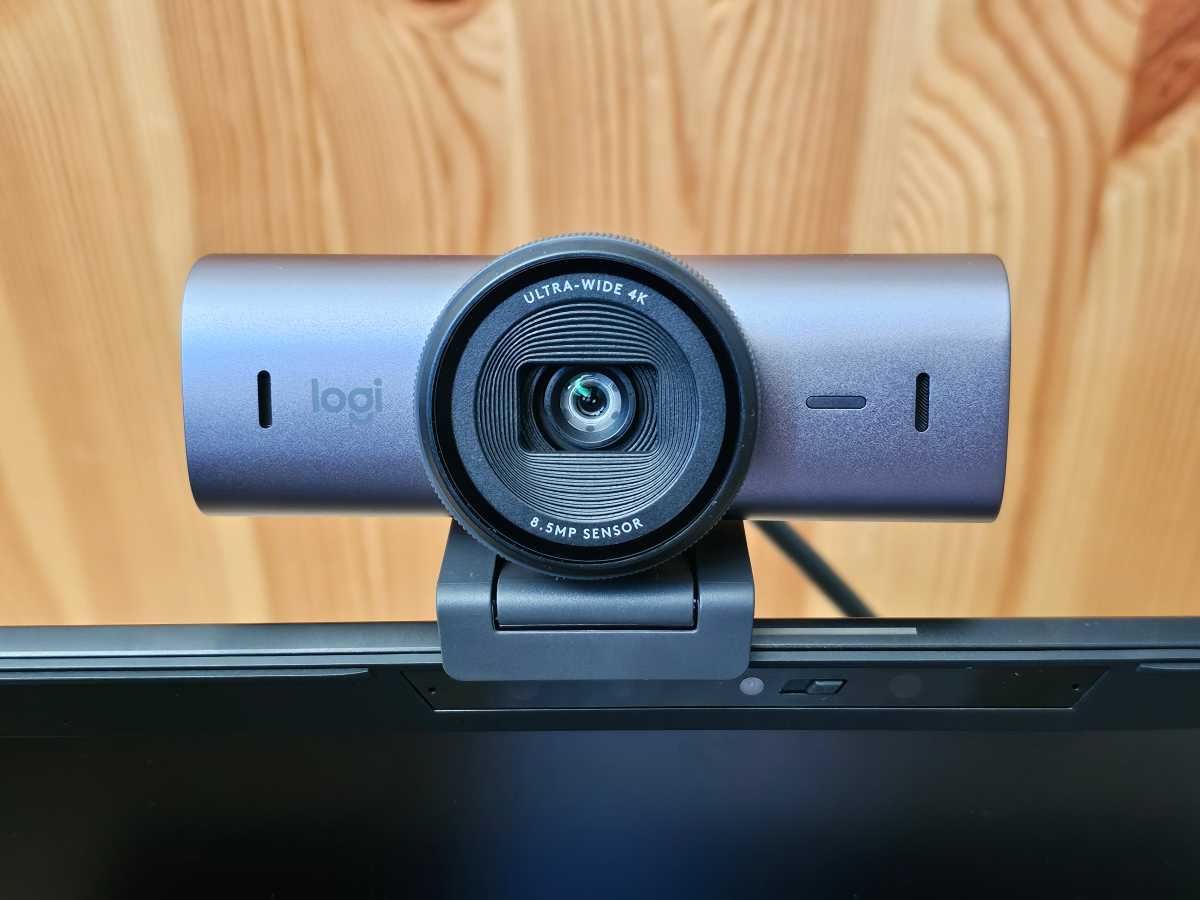
The Logitech MX Brio delivers a great image so you always look good.
Mark Hachman / IDG
A 4K webcam (or an iPhone mount)
Working from home is the reality for huge numbers of people, and that means a whole lot of video calls. When that’s the case, you don’t want to appear on a Teams meeting with a dark, blurry video feed. Instead, one quick way to tune things up is to replace your webcam.
In our round-up of the best Mac webcams you can buy, the Logitech MX Brio took home the crown. Its 4K resolution and support for HDR video means it delivers a crisp, clear picture in a range of different lighting environments. It’s well made, too, so it can survive the rigors of being moved and removed on a frequent basis, while its companion Mac app is also full of handy toggles and controls.
But if you want an even better experience, there’s a much cheaper option than buying a new webcam: getting an iPhone mount for your monitor and using Apple’s Continuity Camera feature. While a 4K webcam might provide high image resolution, I’ve yet to find one that beats the iPhone for pure image quality. I’ve paired my iPhone 16 Pro up with Belkin’s wordily named iPhone Mount with MagSafe for Mac Desktops and Displays, but even my old iPhone 12 Pro was absolutely superb here. As long as you’ve got a fairly modern iPhone, this is one of the best ways to improve your video calls, all without the need to buy a standalone webcam.
A Thunderbolt dock or USB-C hub
Modern Macs are eye-catchingly sleek devices, but that sometimes means you miss out when it comes to ports–either they’re hidden out of reach, or there aren’t very many of them to begin with. Fortunately, if you’re sick of having to fumble around behind your Mac searching for a port, you’ve got a few options.
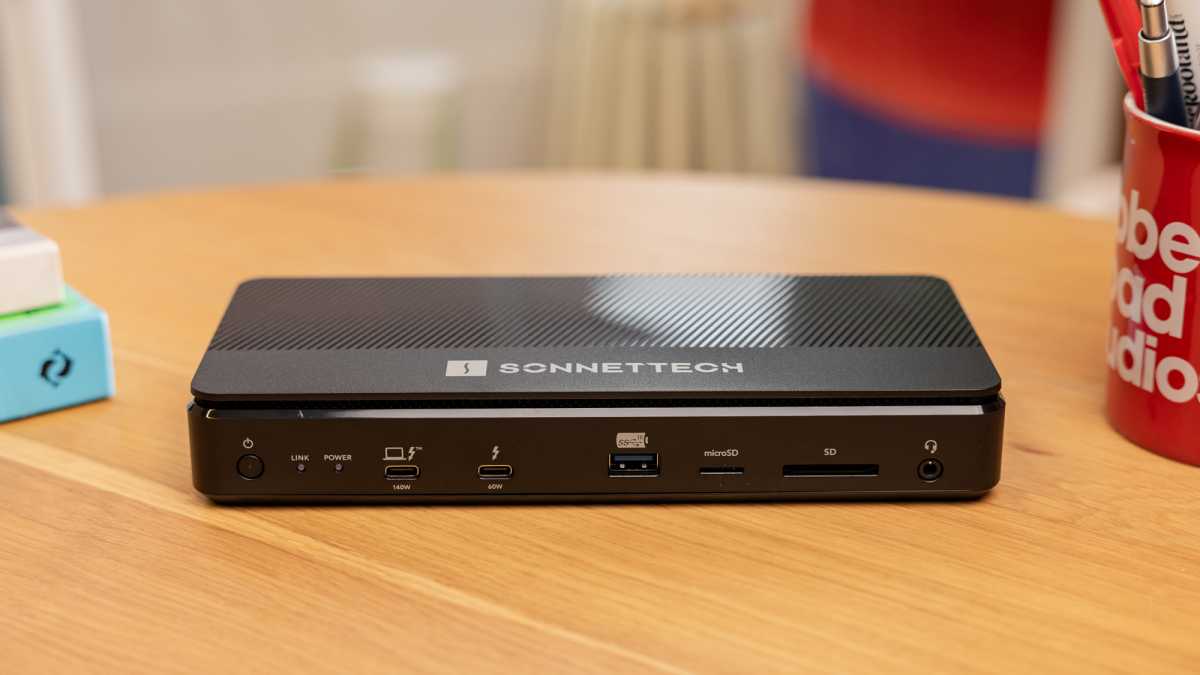
Dominik Tomaszewski / Foundry
The first is to buy one of the best Thunderbolt docks, and this can be the way to go for desktop Mac users and those who need plenty of power and port variety. Our pick is the Sonnet Echo 13, which boasts 12 powerful ports, including Thunderbolt 5 connectivity, 2.5Gb ethernet, 140W of power delivery, a ton of video connections, and more. It’s a great choice for power users who need more expansion on their desk.
The alternative is to get a USB-C hub. These are generally not as powerful or feature-rich as a Thunderbolt Dock, but they’re far more portable and affordable. Our choice for the best USB-C hub is the Plugable 9-in-1 USB-C Hub Multiport Adapter, which stuffs nine ports into its slimline frame. That includes two USB-C, three USB-A, one HDMI, one gigabit ethernet, an SD card reader, a MicroSD card slot, and 125W of passthrough charging for your MacBook.
A capacious power bank
Apple silicon means MacBook batteries can last for truly incredible lengths of time, but that doesn’t mean you’ll never run out of juice. When you’re going to be away from a charger and know you’ll need to top up at some point, a power bank can become a vital Mac accessory.
If you’re looking for one to keep your MacBook powered up, you can’t go wrong with the Anker Prime 27,650mAh Power Bank (250W). Despite its sizeable capacity, this charger is portable enough to slip into a bag on your travels. There’s 140W of Power Delivery 3.1 charging, which is enough to fast charge even a 16-inch MacBook Pro (just make sure you use one of Apple’s proprietary cables, as Apple won’t allow fast charging over Anker’s included 140W cord).
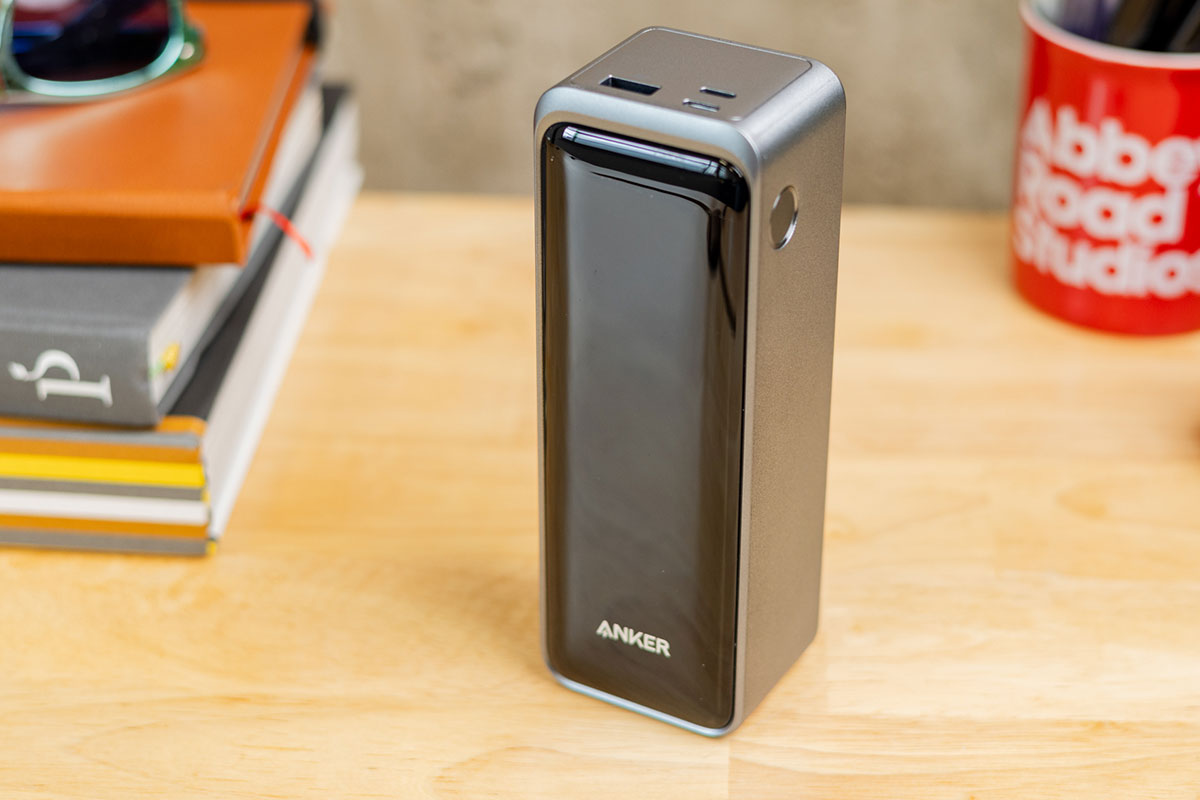
Dominik Tomaszewski / Foundry
This power bank comes with two USB-C ports and one USB-A slot. Use the two USB-C ports at once, and the bank’s 250W total charge is split, with 140W going to one connected device and 100W going to the other. Hook up all three ports at once and you get 140W in one, 92W in another, then 18W in the final slot. That’s still enough to fast charge a MacBook Pro and an iPhone, with the remaining 92W plenty for a third device.
